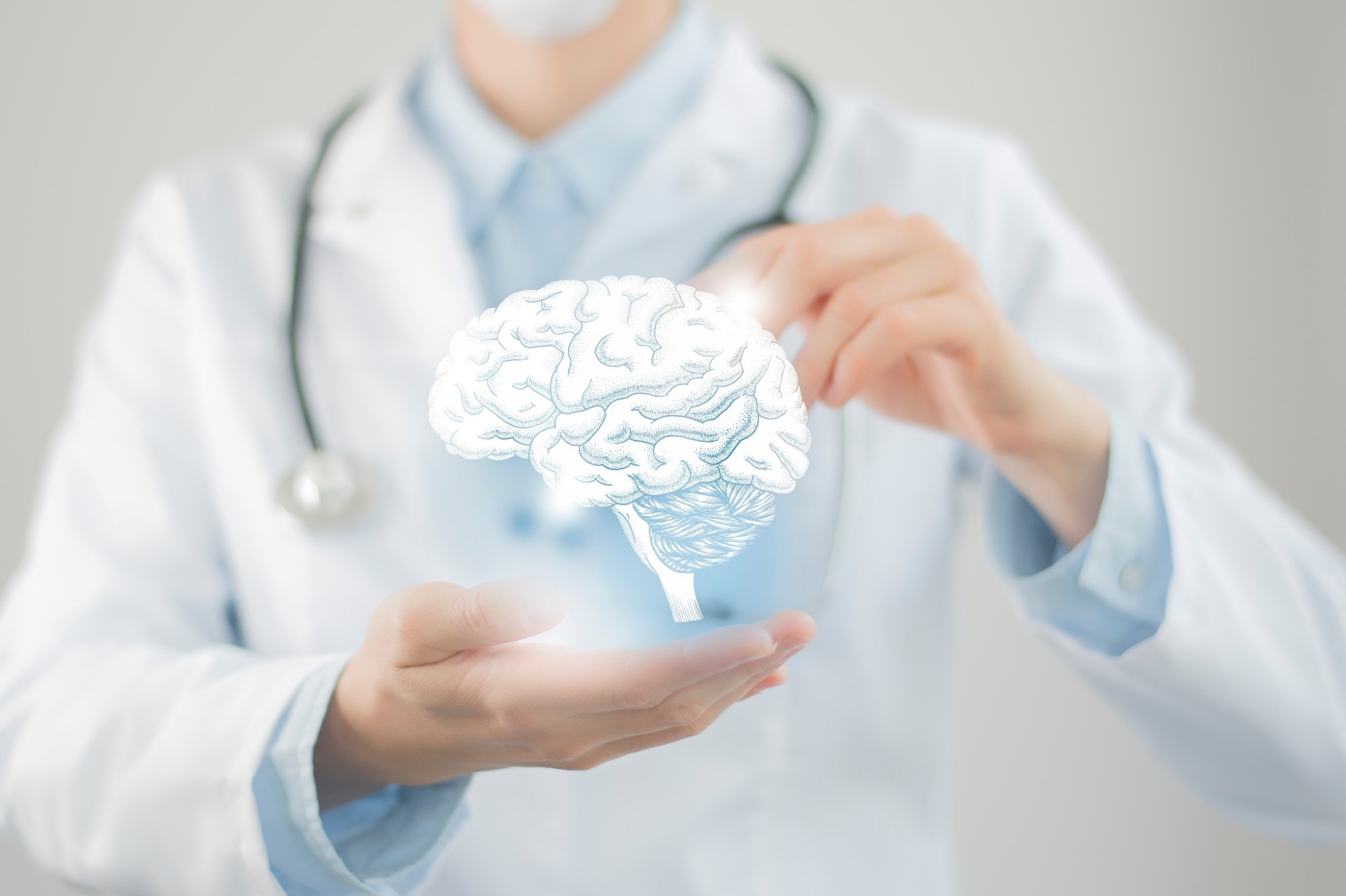Scientists are leveraging cutting-edge organoid technology to uncover the causes of Parkinson’s and accelerate the development of new treatments.
Study: Human midbrain organoids: a powerful tool for advanced Parkinson’s disease modeling and therapy exploration. Image Credit: mi_viri/Shutterstock.com
In a recent review published in the npj Parkinsons Disease, a group of authors explored the use of human midbrain organoids (mini 3D organ models) in Parkinson’s disease (PD) (movement disorder) research, drug screening, and therapy, highlighting challenges and optimization strategies.
Background
PD is a common neurodegenerative disorder affecting over 6.1 million people globally, characterized by motor symptoms like tremors, bradykinesia (slow movement), and rigidity, as well as non-motor issues such as depression and cognitive decline.
The loss of midbrain dopaminergic neurons and the presence of Lewy Bodies, made of abnormal α-synuclein protein, are hallmarks of PD. Current research tools, including post-mortem brain tissue, animal models, and cell cultures, have limitations.
Further research is needed to develop better human-relevant models to understand PD mechanisms and improve treatment options.
Midbrain organoids and PD
Over the past decade, the rise of three-dimensional (3D) organoid technology has revolutionized stem cell research.
Organoids, which are miniature, in vitro 3D cellular structures derived from induced pluripotent stem cells (iPSCs) or isolated progenitor cells, mimic many aspects of human organs.
This technology has been particularly useful in modeling various parts of the brain, including the forebrain, midbrain, and hippocampus. Brain organoids have become instrumental in studying neurodevelopment and recapitulating human diseases, such as PD.
Development of human midbrain organoids (hMLOs)
hMLOs represent a significant advancement in disease modeling, especially for PD. While markers of midbrain dopaminergic (mDA) neurons have been found in general brain organoids, their proportions tend to be small and inconsistent.
To address this, scientists have developed more targeted protocols for generating mDA neurons in hMLOs. The process involves two stages: floor plate induction and organoid development, during which iPSCs are differentiated into 3D structures with midbrain-specific markers.
One of the first successful protocols for generating hMLOs was developed, and a 2D differentiation method was adapted into a 3D suspension approach. Their results showed high efficiency in producing mDA progenitors and mature dopaminergic neurons.
Further advancements over the next few years led to protocols that allowed for the long-term maintenance and maturation of these organoids.
As a result, these hMLOs resemble key features of the midbrain, including layers containing progressively maturing neurons and neuromelanin granules, which are typically seen in the human substantia nigra.
Applications in PD research
PD model construction
Organoids have been widely used to model neurodegenerative diseases, including Alzheimer’s disease, Huntington’s disease, and PD. Conventional models of PD, such as animal models and 2D cell cultures, have limitations. While post-mortem brain tissues from PD patients provide valuable insights, they are difficult to obtain and may not always represent living conditions.
Animal models also face issues related to species-specific differences in disease mechanisms.
The advent of hMLOs has addressed some of these challenges. hMLOs can be generated from patient-derived iPSCs or through gene-editing techniques, allowing researchers to study genetic mutations linked to PD.
These organoids replicate key features of PD, such as α-synuclein aggregation, dopaminergic neuron degeneration, and other pathological changes.
Predicting PD toxicity
Toxin-based models of PD have been developed using hMLOs to study how environmental toxins contribute to the disease. Two prominent examples are the use of neurotoxins 1-Methyl-4-phenyl-1,2,3,6-tetrahydropyridine (MPTP) and 6-Hydroxydopamine (6-OHDA).
MPTP is a reliable dopaminergic neurotoxin that has been used to induce PD-like symptoms in animal models. By treating hMLOs with MPTP, researchers observed selective degeneration of mDA neurons, providing a valuable model for studying PD-related neurotoxicity in vitro.
Similarly, 6-OHDA treatment led to reduced dopaminergic neuron numbers and fragmented neurites in organoids, offering another tool for PD modeling.
Additionally, oxidative stress plays a significant role in PD progression, and hMLOs have been used to assess the effects of various oxidative stress-inducing compounds on dopaminergic neurons. These models have proven effective in simulating neurodegenerative processes associated with PD, thereby allowing for the exploration of potential therapeutic interventions.
Developing treatments for PD
The therapeutic potential of hMLOs is immense. One promising application involves the generation of neural stem cells (NSCs) from midbrain organoids. These NSCs can differentiate into mDA neurons, which are crucial for PD treatment.
When transplanted into animal models of PD, these cells have shown the ability to integrate into neural circuits, restore motor function, and even avoid tumor formation.
In addition to cell-based therapies, hMLOs have also been instrumental in drug screening. Traditional 2D cell cultures often fail to predict how drugs will behave in humans, but hMLOs, with their complex 3D structure, provide a more reliable platform for testing drug efficacy.
For example, studies have shown that certain compounds can reduce α-synuclein accumulation in hMLOs with Leucine-rich repeat kinase 2 (LRRK2) mutations, highlighting their potential for drug discovery in PD.
Conclusions
To summarize, PD is a challenging neurodegenerative disorder due to its progressive and irreversible nature. Early diagnosis remains difficult, with no reliable markers and brain biopsies offer limited benefits.
Additionally, no disease-modifying drugs exist to prevent or reverse the condition, partly because the underlying mechanisms remain unclear. Established animal models face scalability and ethical limitations in high-throughput drug testing.
iPSCs have improved disease modeling, but the emergence of organoids has provided a more advanced platform for studying PD, offering new opportunities for simulating disease progression, drug screening, and therapeutic intervention.
Source link : News-Medica

